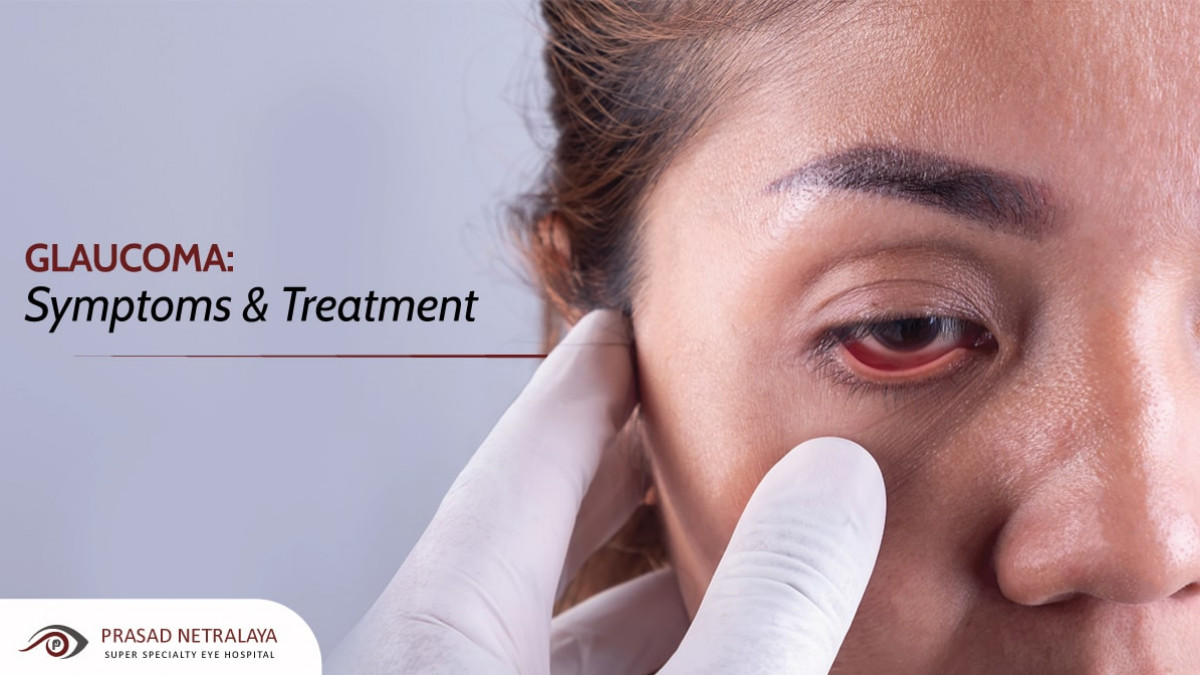Comprehending the Various Vision Improvement Procedures Available for Clearer Sight
In the realm of vision adjustment procedures, a wide range of options exist to address refractive mistakes and give people with clearer sight. Let's discover the details of these treatments and dropped light on the path to achieving boosted vision quality.
LASIK Surgical Procedure
LASIK surgical procedure is a typical refractive procedure utilized to deal with vision problems such as farsightedness, astigmatism, and nearsightedness. This surgical strategy, which stands for Laser-Assisted in Situ Keratomileusis, aims to improve the cornea to improve just how light is focused on the retina, eventually enhancing vision quality.
One of the main advantages of LASIK surgical treatment is the quick improvement in vision experienced by individuals. Many individuals observe a significant enhancement in their vision instantly after the treatment. In addition, most individuals report marginal discomfort and discomfort during the surgical treatment and recuperation period. The healing time for LASIK is fairly fast, with several individuals returning to their everyday tasks within a day or two post-operation. On the whole, LASIK surgery is a prominent selection for individuals seeking a lasting solution for their vision problems.
PRK Procedure
While also a typical refractive procedure, the PRK (Photorefractive Keratectomy) method differs from LASIK surgical treatment in its approach to remedying vision problems. In PRK, rather than creating a flap on the cornea, the external layer of the cornea, called the epithelium, is completely gotten rid of. This allows the laser to improve the cornea to correct refractive mistakes such as astigmatism, nearsightedness, and farsightedness directly externally.

In spite of the longer healing time, PRK can generate excellent lead to vision improvement, making it a useful choice for those that might not be suitable candidates for LASIK surgical treatment.
Implantable Lenses
As opposed to PRK where the cornea is reshaped directly, implantable lenses use one more technique for fixing vision by placing man-made lenses inside the eye. This procedure is specifically advantageous for individuals with high degrees of farsightedness, astigmatism, or nearsightedness that may not be suitable candidates for laser surgeries like LASIK or PRK.
Implantable lenses, additionally recognized as phakic intraocular lenses, job by supplementing the eye's natural lens with a synthetic one. retina service near me. These lenses can be placed in front of the all-natural lens (former chamber) or behind the iris and in front of the natural lens (posterior chamber) By readjusting the power and positioning of these lenses, eye doctors can efficiently fix refractive mistakes and boost visual acuity
One benefit of implantable lenses is that they are exchangeable and removable, giving adaptability for future modifications. As with any type of surgical treatment, there are risks involved, such as infection or cataract development. Individuals thinking about implantable lenses ought to speak with an eye treatment professional to this article identify the most appropriate option based upon their private demands and eye health and wellness.
Corneal Rings
Corneal rings, also referred to as intracorneal ring segments, are tiny, transparent devices put right into the cornea to correct vision distortions such as keratoconus. Keratoconus is a problem where the cornea thins and bulges exterior, triggering vision to come to be distorted. The insertion of corneal rings aids to flatten the cornea, boosting visual skill and decreasing the uneven astigmatism triggered by keratoconus.
The procedure for inserting corneal rings is minimally intrusive and relatively fast, typically executed as an outpatient procedure. Throughout the surgery, the eye doctor makes a small laceration in the cornea and inserts the right here rings at a certain depth. As soon as in position, the rings assist to reshape the cornea, supplying a smoother surface for light to get in the eye, which can lead to more clear vision.
Corneal rings are taken into consideration a reversible treatment, as they can be eliminated or replaced if essential. glaucoma service near me. While they may not completely get rid of the requirement for glasses or contact lenses, corneal rings can dramatically boost vision quality and general aesthetic comfort for people with keratoconus or various other corneal irregularities
Refractive Lens Exchange
Adhering to the adjustment of corneal abnormalities with treatments like corneal rings, another vision modification method that can resolve refractive errors is Refractive Lens Exchange (RLE) RLE is a surgery that involves changing the eye's all-natural lens with an artificial intraocular lens (IOL) to fix refractive errors such as farsightedness, presbyopia, and nearsightedness. This treatment is particularly beneficial for individuals who may not be appropriate prospects for treatments like LASIK or PRK because of variables such as slim corneas or high refractive mistakes.

Final Thought
In final thought, there are numerous vision adjustment treatments available to aid individuals accomplish more clear view. LASIK surgical treatment, PRK procedure, implantable lenses, find here corneal rings, and refractive lens exchange are all alternatives that can deal with different vision issues.
In the realm of vision improvement treatments, a multitude of choices exist to resolve refractive mistakes and provide individuals with more clear view.LASIK surgical procedure is a common refractive procedure used to fix vision problems such as astigmatism, farsightedness, and nearsightedness.While also an usual refractive treatment, the PRK (Photorefractive Keratectomy) method differs from LASIK surgery in its approach to fixing vision issues.Adhering to the improvement of corneal abnormalities with procedures like corneal rings, another vision adjustment technique that can deal with refractive errors is Refractive Lens Exchange (RLE) LASIK surgery, PRK treatment, implantable lenses, corneal rings, and refractive lens exchange are all alternatives that can attend to different vision issues.